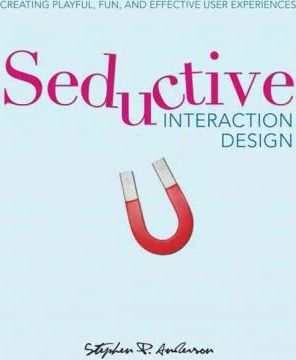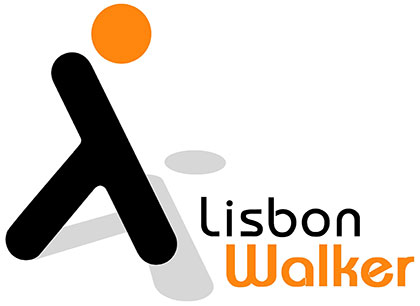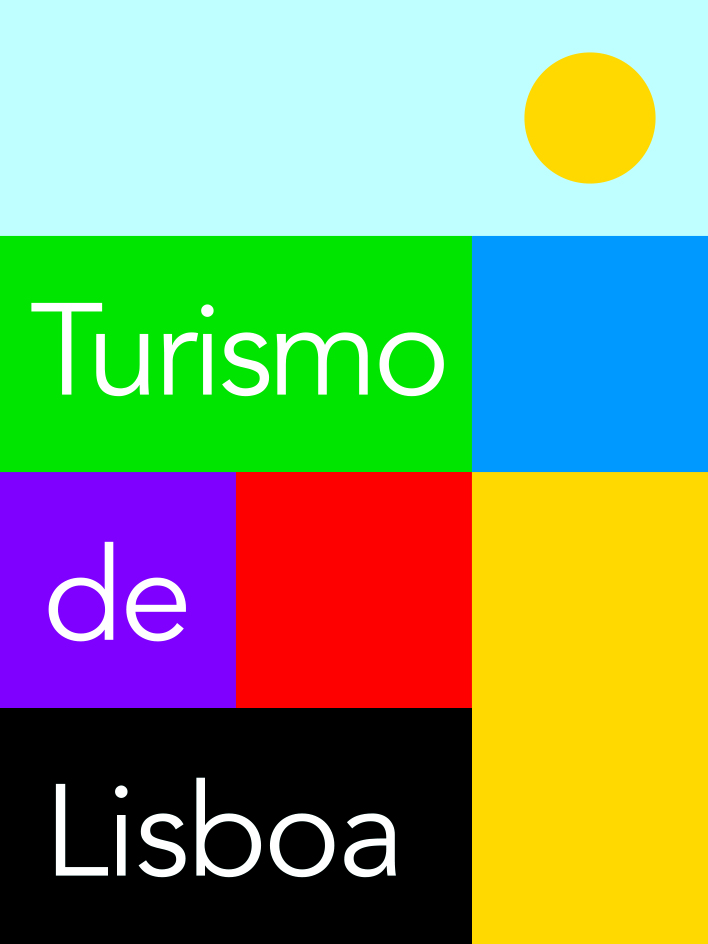
Stephen P. Anderson is a noted speaker, educator, and design leader, based out of Dallas, Texas. For more than two decades, Stephen has worked in most areas of product strategy & design, both on the frontlines and leading teams to create great experiences. A former high school teacher, what Stephen really loves is to challenge and inspire teams through onsite coaching and training, which he currently does as a design educator at Capital One. His personal mission: To make learning the hard stuff fun, by creating 'things to think with' and 'spaces' for generative play.
Stephen is also an author, wrapping up his second book on how we get 'from information to understanding'; attendees in his UX Lisbon workshop will learn how to use the visual display of information to create understanding. Previously, Stephen created the Mental Notes card deck and wrote the book Seductive Interaction Design.-
Author of:
Seductive Interaction Design
Creating Playful, Fun, and Effective User Experiences Stephen P. Anderson Pearson Education
23
14:00 - 17:30
Aud IIWorkshop
The Visual Display of Information
Why
We routinely create visual artifacts to make sense of complicated information. Think Gantt charts. Experience maps. Sticky notes on walls. Data visualizations. We create all kinds of visual models to organize our understanding. And in team settings, these models allow us to communicate and collaborate; maybe you've seen the power of someone distilling a really complex idea into a clear concept model, and wished you could bring the same clarity to your work. This workshop can make this dream a reality.
What
For as long as we've organized things into stacks ("my pile, your pile") or arranged things into some continuum (letterforms carved into a clay tablet, sorting kids by height), we've used the spatial arrangement of things to assign meaning. Whether we're aware of it or not, we're tapping into a powerful visual language to help us and others understand difficult concepts. But, what is this language we're using? And can it be taught?
In this workshop, Stephen P. Anderson will reveal the basic elements that make up every visual representation ever created. Much like there's a grammar behind the written word, there's is a similar grammar behind the visual display of information, that once understood enables you to create clear and concise visual representations of thought. Rather than fall back on the playbook of existing models, you can learn how to create your own visual models.
Best of all, this same approach can be extended into other kinds of external representations, such as creating custom data visualizations or designing novel UIs. And, as we move into a connected world, where information is distributed into the physical environments around us, we can prepare now by having a fundamental vocabulary to describe this spatial arrangement of information.
Together, we'll explore a disciplined way to think about visual representations, exploring patterns of use and intentional ways to render meaning. Through a series of fun activities, we'll explore:
- How to effectively choose the right visual encodings (color, shape, iconography, line thickness, transformation) to convey quantity, sequence, or category
- How to convey meaning through the use of arrangement, sequence, shape, boundaries, relationships and various attributes
- How to bring these skills together to create concept models and similar artifacts
Whether on the page, on a screen, or in the immediate space around us, understanding how to derive (and convey) meaning through the arrangement of information is and will become an essential skill for anyone designing information.
Who
- UX Designers, and product managers
- Anyone who wants to get better at communicating ideas.
At the end of this workshop, you will…
- be able to translate thoughts and ideas into visual representations
- understand the language of visual thinking
24
09:00 - 09:45
Aud ITalk
The Future of Design
Computation and ComplexityHistorically, designers have improved the world through the thoughtful design of products and experiences. But these delightful moments mean little if we fail to design for the complex, dynamic, and increasingly tech-driven systems in which we now live. As designers, we need to start seeing ourselves as change agents. What new skills are required to design in this future?
Our Sponsors and Supporters
-
Organizer:

-
Silver Sponsors:

-

Our Sponsors and Supporters
-
-
Organizer:

-
Silver Sponsors:

-

-
Platinum Partner:
-
Gold Partner:
-
-
-
Silver Partners:
-
Official Carrier:

-
Silver Sponsor:
-
-













